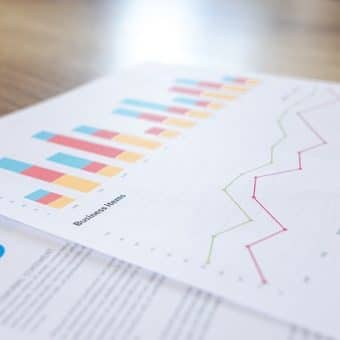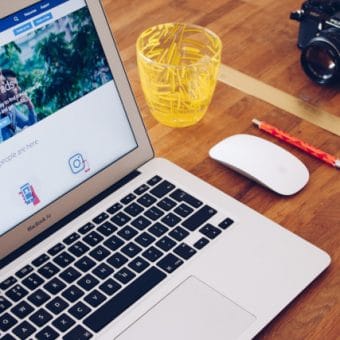Picture this: You are a brand with an interactive Facebook page, Instagram profile, and an active Twitter account. But all of this isn’t translating into the business you’re looking for. How do you design a campaign to make the numbers, that are the most important, go higher? What are those hints you should be looking at, to strategize further?
Social Media Metrics
Metrics are details such as followers, reach, likes, views, retweets, shares, etc; these numbers are our data that helps gauge the impact our social media pages and campaigns have on the company and eventually, on our brand value and revenue.
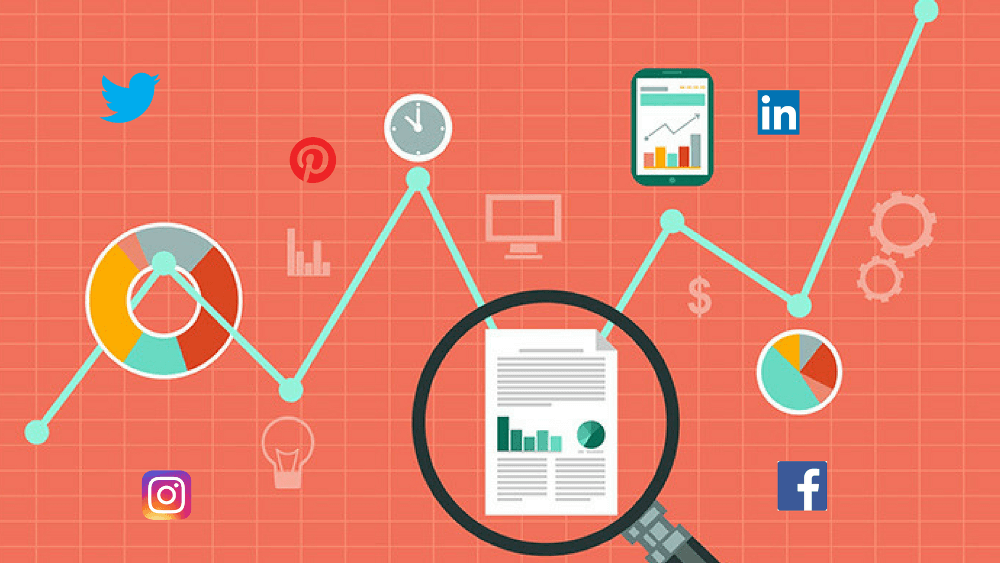
via reportgarden.com
Social media metrics help us to divulge deeper in these everyday numbers, become high indicators of our business reach, impact and success as well as help us design our strategies and campaigns for the future.
What are the metrics we can use?
1. Reach & Impressions
While going through your social media profiles, you must have come across words like reach & impressions. Impressions tell you how many times have people come across your post on their timeline, organically. But it isn’t the strongest indicator as your post can be seen by the same account multiple times, and it still counts as a new impression each time. Reach is the index that tells you how many times a unique profile has come across your content. Together, reach & impressions play a crucial part in understanding the overall pattern as well as the quality of your content.

via squarespace.com
When starting a new business, reach metrics is the most important to you. Higher reach ensures that your content is viewed by a new set of people every day, which results in a growing audience.
2. Audience Growth:
Content consumption through the right audience is one of the initial focus of every social media profile. Not just any audience that checks on your profile once-in-a-while but an audience that is loyal and keeps returning to your profile regularly is what every brand looks for.

Keeping track of this metric helps you to understand at what stage or campaign have you received the highest audience and can repeat similar campaigns to continue growing.
3. Engagement Rate:
Engagement rate is influenced by the total likes, comments, and shares. The total engagement divided by your page audience gives you your engagement rate. Observing these figures, points to the number of the actual audience that is interested in your brand and has a higher potential to convert into a brand loyalist and ultimately, a customer.
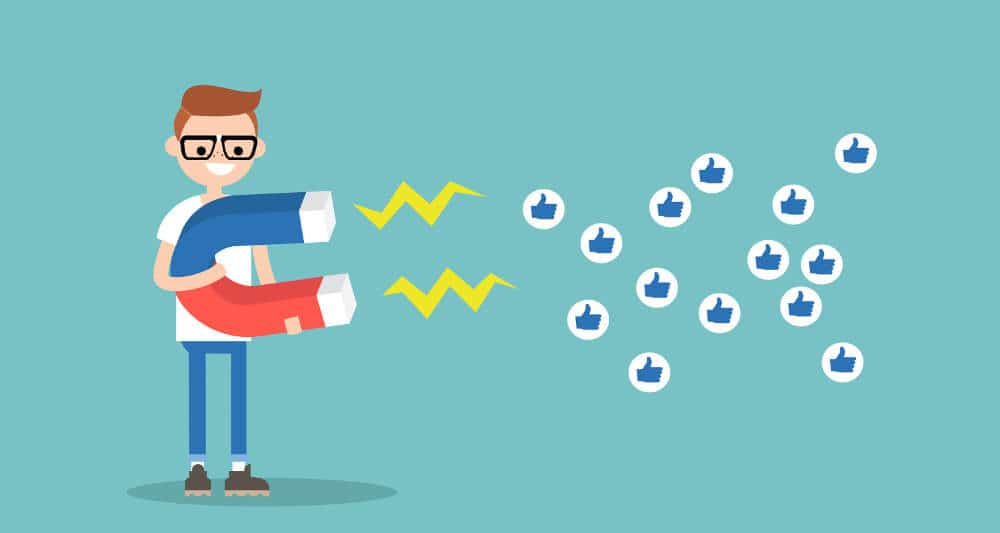
Percentage – increase or decrease in your engagements can help you fine-tune your strategies and move ahead.
4. Conversion rate:
Every brand has a purpose, which is sales, and conversion rates are indices of how much of that traffic has converted into sales. Where bringing all the traffic, amidst battling changing algorithms is important, the most important factor for any brand is conversions. Conversion rate breaks down how much sales have been recorded against the traffic that has viewed & engaged with your profile.
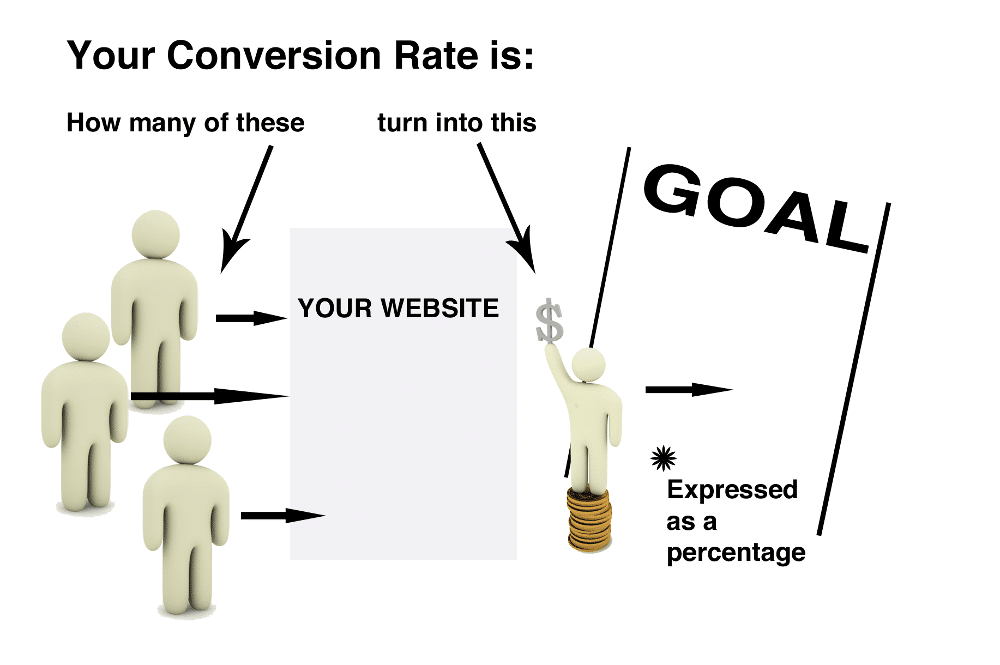
via neilpatel.com
If your number is higher, means your audience is getting what they came for on your landing page. But lower conversion rate means you need to work on the landing page and also ensure that the right message is being provided beforehand.
5. Share of Voice:
Knowing your own metrics is great, but with thousands of brands competing in the same space, how do you know your brand position? With share of voice, you compare the number of mentions in correlation to your competitors. By knowing this number, you may adopt strategies that your competitor has used and create a bigger & better campaign.
Social media metrics are your step-by-step guide to making your brand successful. It also helps to plan your campaigns with the in-hand knowledge of data and make them more precise, keeping track of these tools and using them to your advantage will pose to be the slight difference in the massive success of your campaign.



